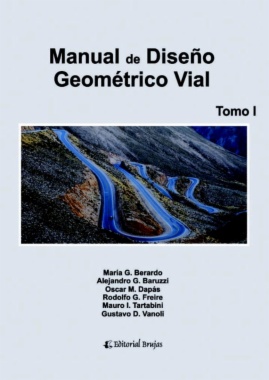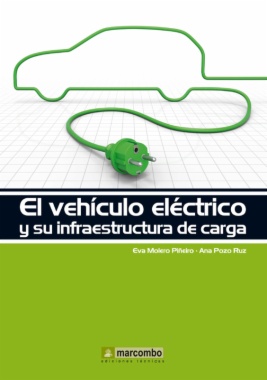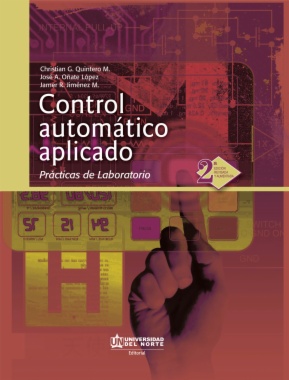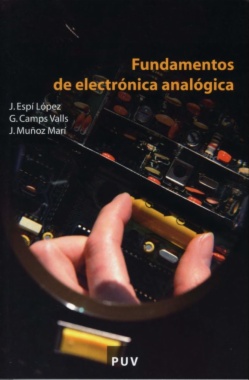
Estás filtrando por
Se encontraron 409 resultados en recursos

Compartir este contenido
Manual de diseño geométrico vial
Copia el enlace o compártelo en redes sociales

El vehículo eléctrico y su infraestructura de carga
Compartir este contenido
El vehículo eléctrico y su infraestructura de carga
Copia el enlace o compártelo en redes sociales

Concretos con cenizas volantes
Compartir este contenido
Concretos con cenizas volantes
Copia el enlace o compártelo en redes sociales

Control automático aplicado
Compartir este contenido
Control automático aplicado
Copia el enlace o compártelo en redes sociales
Performance, instrumentation and numerical simulation of one museum park west excavation = Desempeño, instrumentación y modelación numérica de la excavación del edificio “One museum park west”
Compartir este contenido
Performance, instrumentation and numerical simulation of one museum park west excavation = Desempeño, instrumentación y modelación numérica de la excavación del edificio “One museum park west”
Copia el enlace o compártelo en redes sociales

Fundamentos de electrónica analógica
Compartir este contenido
Fundamentos de electrónica analógica
Copia el enlace o compártelo en redes sociales
Context Management and Self-Adaptivity for Situation-Aware Smart Software Systems = Administración de Contexto y Auto-Adaptación para Sistemas de Software Inteligentes y Sensibles a las Situaciones
Compartir este contenido
Context Management and Self-Adaptivity for Situation-Aware Smart Software Systems = Administración de Contexto y Auto-Adaptación para Sistemas de Software Inteligentes y Sensibles a las Situaciones
Copia el enlace o compártelo en redes sociales
Dirección de la producción y de operaciones: decisiones estratégicas /
Compartir este contenido
Dirección de la producción y de operaciones: decisiones estratégicas /
Copia el enlace o compártelo en redes sociales

Política de industrialización aplicada al sector confección de la ciudad de Bogotá bajo el paradigma de simulación por dinámica de sistemas
Compartir este contenido
Política de industrialización aplicada al sector confección de la ciudad de Bogotá bajo el paradigma de simulación por dinámica de sistemas
Copia el enlace o compártelo en redes sociales
Sociedad de instalaciones electro-mecánicas en el Salto de Tequenda
Compartir este contenido
Sociedad de instalaciones electro-mecánicas en el Salto de Tequenda
Copia el enlace o compártelo en redes sociales
Selecciona las Colecciones en las que vas a añadir el contenido
Para consultar los contenidos añadidos busca la opción Tus colecciones en el menú principal o en Mi perfil.
